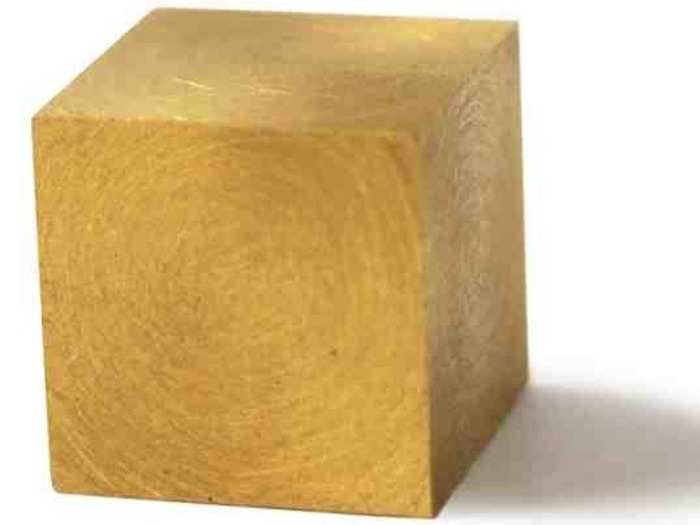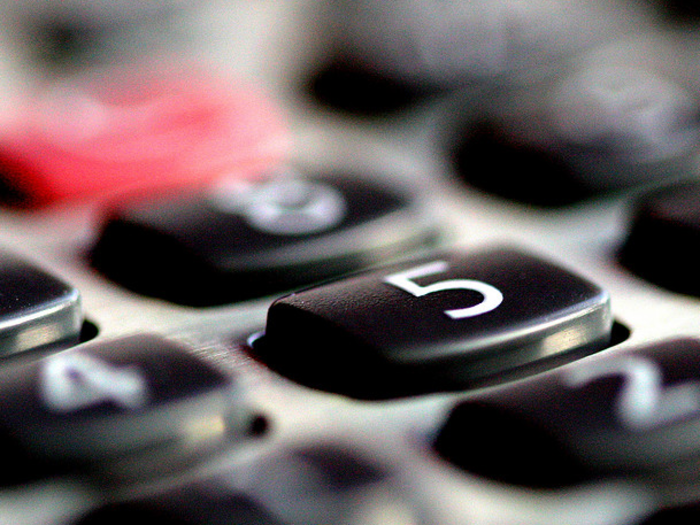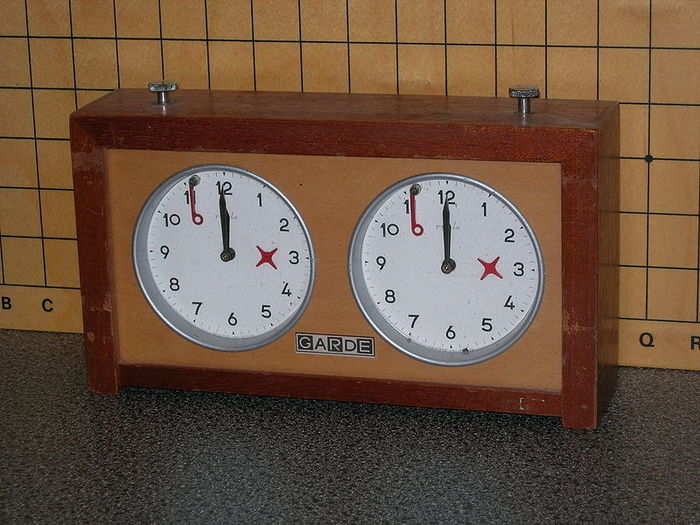- Home
- stock market
- 11 Math Tricks That Will Make Your Life So Much Easier
11 Math Tricks That Will Make Your Life So Much Easier
The Rule of 72

The Rule of 115

If you're more inclined to triple your returns, because you're not as risk averse (or perhaps your time horizon is just a tad bit farther out), simply take the number 115 and divide it by your growth rate. This will give you the amount of time it will take to triple your returns.
So, if your returns are increasing by 10 percent per year, it will take 11.5 years for them to triple in size.
The Rule of 70

The rule of 70 dictates how long it will take for inflation to halve the value of a dollar. Simply divide 70 by your expected rate of inflation.
For example, if you expect 3 percent inflation, then divide 70 by 3. At that rate, it will take 23.3 years before the value of your money is worth half what it is today.
Squaring numbers in your head

Squaring large numbers can be a real pain sometimes. But if you're plugging something into a formula, easy mental squaring could be a huge asset.
So say you've got a number, x, that you want to square.
Find "d" the difference between the nearest multiple of ten and x.
Then, multiply (x-d) and (x+d). This should be much easier, because one of the numbers is a multiple of ten. Just add d2, and you've got your square.
Here's an example. I want to find the square of 84. The nearest multiple of ten is 80, so d is 4.
x+d is 88, x-d is 80.
88 X 80 = 6400 + 640 = 7040. Add 42 = 16, and you get 7056.
That process, once you get the hang of it, is much easier than just attacking 842 head on.
Converting your salary to an hourly figure

You're a salaried employee and trying to figure out how much that wage earns you an hour, maybe for that part-time job you're considering taking on. Take your salary, drop the last three zeros and then divide by the number two.
So if you earn $40,000, you're left with $20 an hour. Numbers work best if you're only working a 40 hour week.
Take a repeating fraction and turn it into a decimal

This one is a great party trick, provided you find yourself at a terrible party where other guests are discussing repeating decimals.
Repeating decimals are a pain, and oftentimes basic calculators have trouble getting down to brass tacks by rephrasing them as a fraction.
All you need to do to turn a repeating decimal (0.636363...) into a lovely fraction is:
- Find the number that repeats (63)
- Figure out how many places that number has (2)
- Divide the repeater by a number with the same number of places made up of nines (in this case, 99)
Easy division with 7

Dividing by 7 is probably the most annoying possible aspect of simple arithmetic. There are relatively simple strategies and mental tricks for all of the other divisors between 1 and 10, by 7 stands alone.
Here's where division comes in. Lets say you wanted to divide 9573 by 7. Let's work from the left.
Start with thousands. So 9/7 = 1 with a remainder of 2. So our first digit is 1.
Since we had a remainder of 2, and the hundreds digit is 5, we next get 25/7 = 3 with a remainder of 4. So our next digit is 3.
We have a remainder of 4, and the tens place we have a 7, so we have 47/7 = 6 with a remainder of 5.
We have a remainder of 5, and in the ones place we have a 3. So 53/7 = 7, with a remainder of 4.
We remember, then that 4/7 is equal to .571428 repeating.
So 9573 divided by 7 is 1367.571428 repeating.
Ways to remember time

You can use factorials to remember easy stats about time.
- There are 4! (or 4*3*2*1) hours in a day.
- There are 8! minutes in 4 weeks
- There are 10! seconds in 6 weeks.
Multiplying by 11

You never know when you'll be pricing out an 11-year fixed income product, so this might come in handy. When multiplying a figure by the number 11, follow this pattern: leave the last and first digits alone, then sum each and every pair of digits next to each other (this makes most sense when seen in example):
1. 4,281 x 11 becomes the following digits: (4)(4+2),(2+8)(8+1)(1) or 47,091
When the sum of a pair is greater than 10, carry that digit to the next left pair (as seen above, where 2+8 was 10)
2. Let's try something harder. 9,621,576,521 x 11 becomes: (9)(9+6),(6+2)(2+1)(1+5),(5+7)(7+6)(6+5),(5+2)(2+1)(1) or 105,837,341,731
Converting fractions with 7 in the denominator to decimals

Converting fractions to decimals are usually pretty easy when the number in the denominator is less than ten. The glaring exception is with 7 in the denominator.
The one thing you need to remember in order to divide by 7 is that 1/7 = .142857 repeating. That's the key. If you can remember that, with a little practice, dividing by 7 becomes a breeze.
The next thing that you have to realize is that multiples of that just cycle through the six numbers. For example, 2/7 = .285714 repeating. Notice what just happened?
The numbers always cycle in the same sequence. For 1/7, the cycle starts at 1, the lowest digit. For 2/7, the cycle starts with 2, the second lowest digit. For 3/7, (.428571 repeating) the cycle starts with the 4, the third lowest digit. That's the process.
Asset Allocation by Age

This one really isn't a math trick, so much as it is a rule of thumb...
Don't have a financial planner to walk you through asset allocation? A simple way to find out is to subtract your age from the number 120, the number remaining is the percentage of your portfolio that should be in stocks.
For instance, if you're 50, you should be keeping 70% of your holdings in stocks with the remaining 30 percent in fixed income products.
So you know some trick answers. Still, look out for these trick questions.

Popular Right Now
Popular Keywords
Advertisement